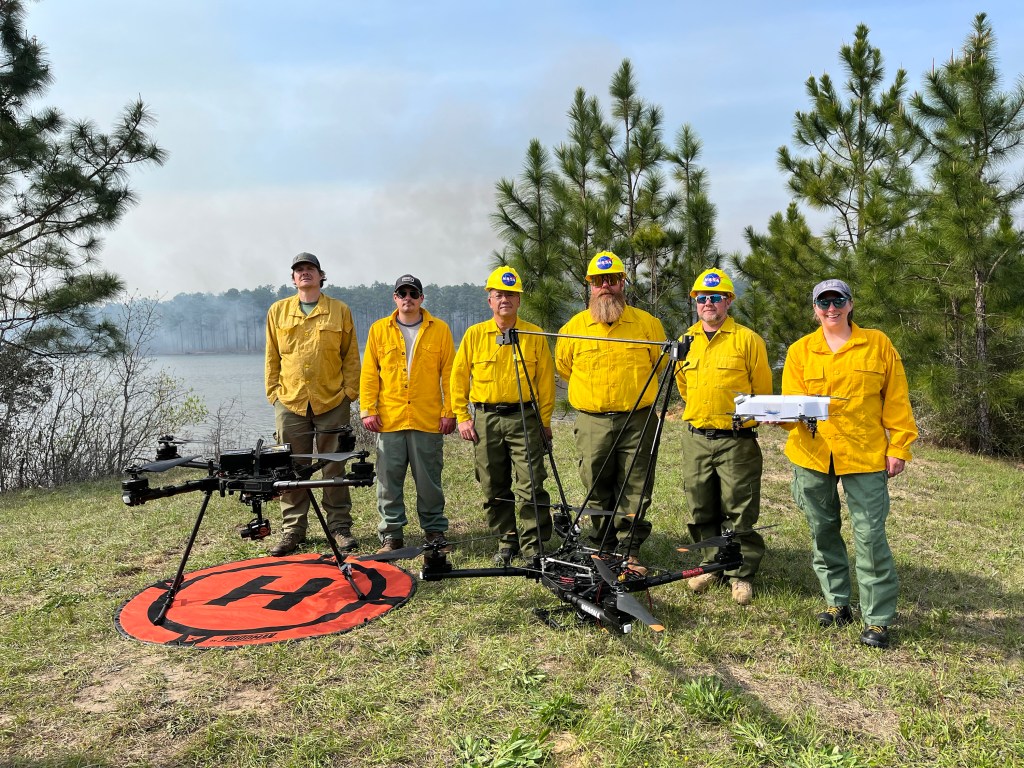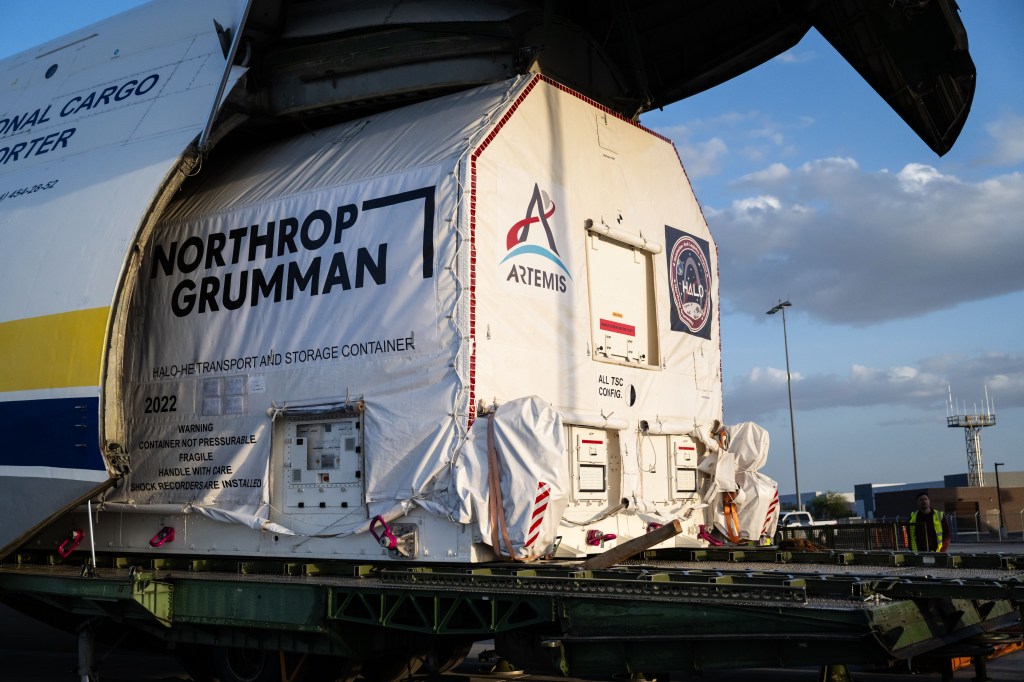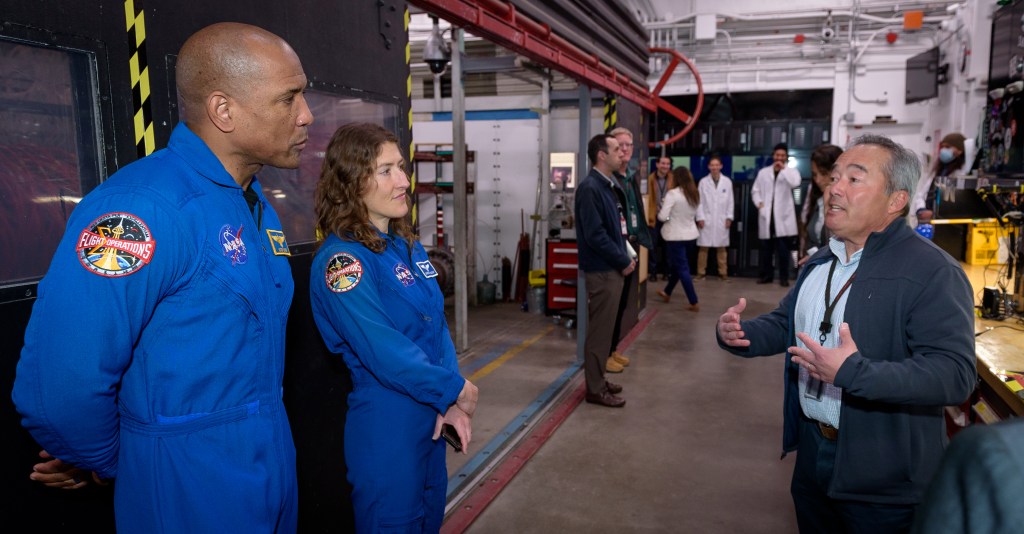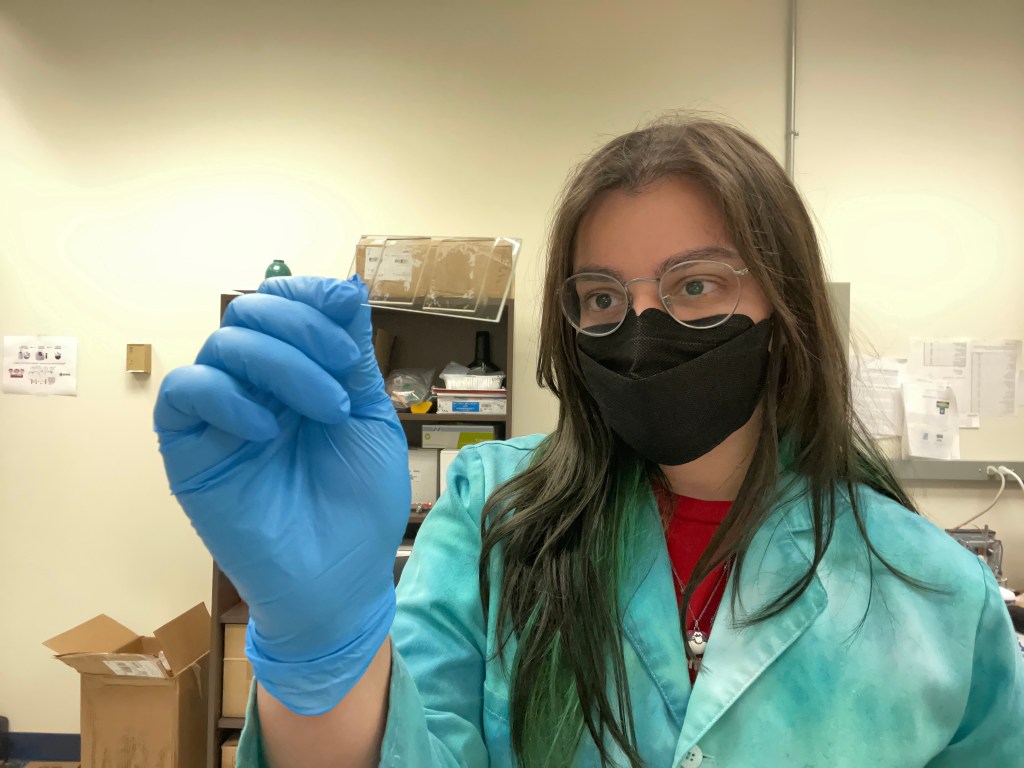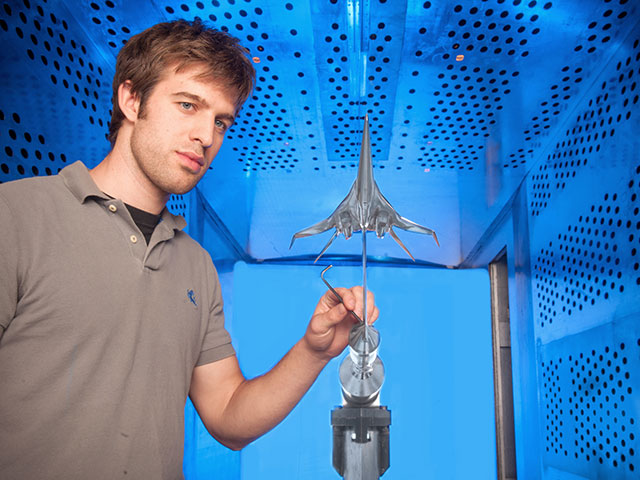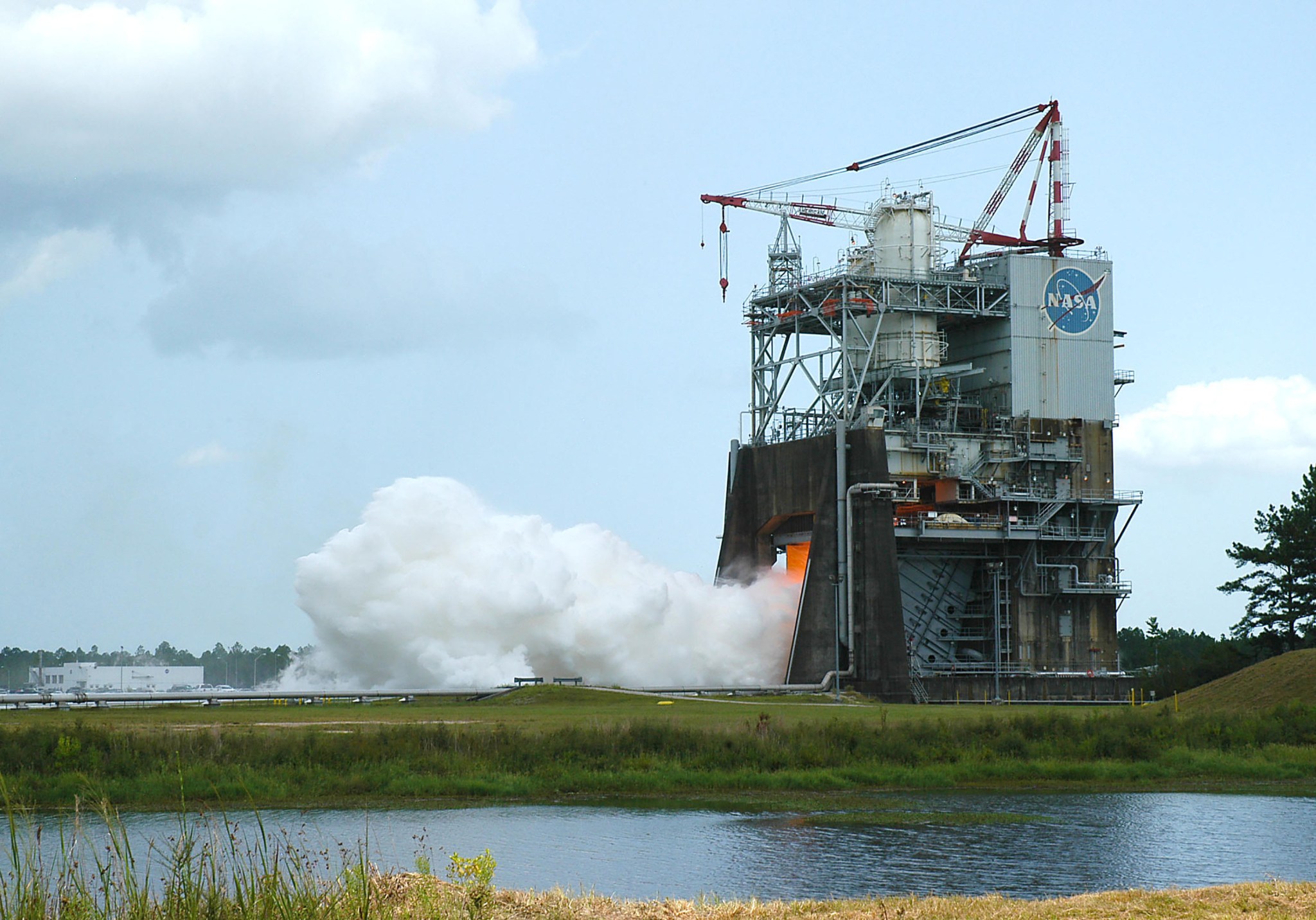Stennis Space Center showcased what it does best for new NASA Administrator Jim Bridenstine on Aug. 14, hosting the agency leader for the first in another series of RS-25 rocket engine hot fire tests in support of NASA’s Space Launch System (SLS) Program.
Operators conducted a successful test of RS-25 developmental engine No. 0525 – complete with a new flight controller unit – on the A-1 Test Stand as Bridenstine and other agency officials watched. The visit was Bridenstine’s first to the south Mississippi center since he was confirmed as administrator in April.
“I have witnessed rocket launches before, but this was a new and unique experience,” Bridenstine said following the test. “It was like watching a launch, but it never leaves the ground, and you can feel the power of the engine within your body. And what the power of this RS-25 engine represents is America’s ability to fly deeper into space than we ever did before. This was a great test.”
“It was an honor to host Administrator Bridenstine and to provide him an opportunity to see the Stennis test team work,” Stennis Director Rick Gilbrech said. “It also is an honor to be part of the effort under way to help move this nation to the Moon again, then on to Mars.”
The Aug. 14 hot fire was the first RS-25 test at Stennis since February, when operators powered the engine to its highest operating level ever. It also was the first test of developmental engine No. 0525 since August 2015. It marked the first in a series of nine scheduled tests on engine No. 0525 through the rest of the year and into 2019. Each will feature an RS-25 flight controller for use on an actual SLS mission, as well as testing engine components made with innovative manufacturing designed to reduce the cost of future engines. All test objectives were met during the hot fire.
NASA is building the SLS rocket as the largest, most powerful space vehicle in history to return humans to deep space missions. The SLS rocket will launch crews of up to four astronauts aboard the Orion spacecraft to explore various deep-space destinations, including the Moon and Mars.
Each SLS rocket will be powered at launch by four RS-25 engines firing simultaneously to provide a combined 2 million pounds of thrust and working in conjunction with a pair of solid rocket boosters to provide more than 8 million pounds of thrust. RS-25 engines are being built by Aerojet Rocketdyne for the SLS flights.
The initial RS-25 engines are former space shuttle main engines. For initial SLS flights, the engines will be operated at 109 percent of rated power. For subsequent SLS flights, designed to carry larger, heavier cargos and the crew vehicle to deep space, the engines have been modified to operate at 111 percent of rated power. To date, Stennis has conducted 22 tests running with engines operating just over 10,000 cumulative seconds for SLS.
A key component of latest modification is the controller, which operates as the “brain” of the engine to help it communicate with the rocket and to provide precision control of engine operation and internal health diagnostics.
Stennis tested the first RS-25 flight controller in March 2017. For the testing, flight controller units are installed on a developmental engine and fired just as during an actual launch. Once tested and certified, the controllers are removed for installation on an RS-25 flight engine.
To get the most out of each test, NASA is not only testing the flight controllers, but also is testing parts of the engine that can be made using new manufacturing techniques. When new engines are produced, components can be made with these advanced processes, and the engine production cost can be reduced by more than 30 percent. This test featured a main combustion chamber fabricated using a bonding technique called hot isostatic pressing (HIP), which saves considerable time and money over more traditional methods. The HIP process uses high pressure and heat to create bonds that can withstand extreme stress. It already has been used on main combustion chambers in two other Aerojet Rocketdyne engines.
The Aug. 14 hot fire also represented the fifth test of a 3D-printed pogo accumulator assembly, a critical component that dampens potential engine propellant pressure oscillations that can cause a rocket to become unstable in flight. Testing of the 3D-printed component also is part of the ongoing effort to use advanced manufacturing to reduce engine construction costs. NASA and Aerojet Rocketdyne plan to test a number of 3D-printed components for the RS-25 engine.
In addition to testing individual RS-25 engines and components, Stennis is preparing to test the core stage for the first SLS flight – Exploration Mission-1 – which will showcase the new rocket and send an uncrewed Orion spacecraft into space beyond the Moon. For that testing, the flight core stage will be installed on the B-2 Test Stand at Stennis, and all four RS-25 engines will be fired simultaneously.
The first flight will be followed by Exploration Mission-2, which will carry humans aboard the Orion spacecraft, returning astronauts to deep space for the first time in more than 40 years. This mission will also be powered by Stennis-tested engines.
RS-25 tests at Stennis are conducted by a team of NASA, Aerojet Rocketdyne and Syncom Space Services engineers and operators. Aerojet Rocketdyne is the RS-25 prime contractor. Syncom Space Services is the prime contractor for Stennis facilities and operations.
For information about Stennis Space Center, visit:
Valerie Buckingham
Stennis Space Center, Bay St. Louis, Mississippi
228-688-3898
valerie.d.buckingham@nasa.gov


